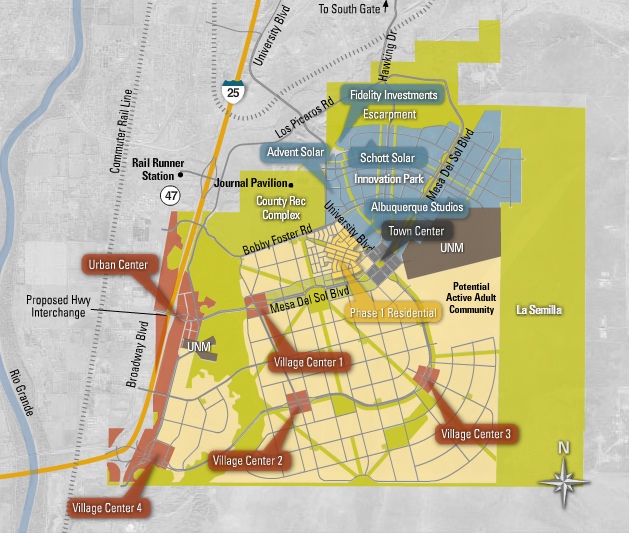On March 29, Colin Barr, a Fortune magazine financial writer, argues in a blog post that “housing prices will keep falling.” Just two weeks later, the cover story of the April 11 Fortune proclaims the “return of real estate” and says “it’s time to buy again.”
They can’t both be right: either Fortune magazine is wrong or Fortune magazine is wrong. As a matter of fact, they are both wrong.
Barr bases his argument on a graph comparing housing prices with the consumer price index. Before 1997, the two lines parallel one another. Then housing shoots upward until 2006. Though housing prices have fallen since then, they haven’t reached the line that would have been parallel to the CPI. Prices will continue falling, Barr argues, until they return to that line.










